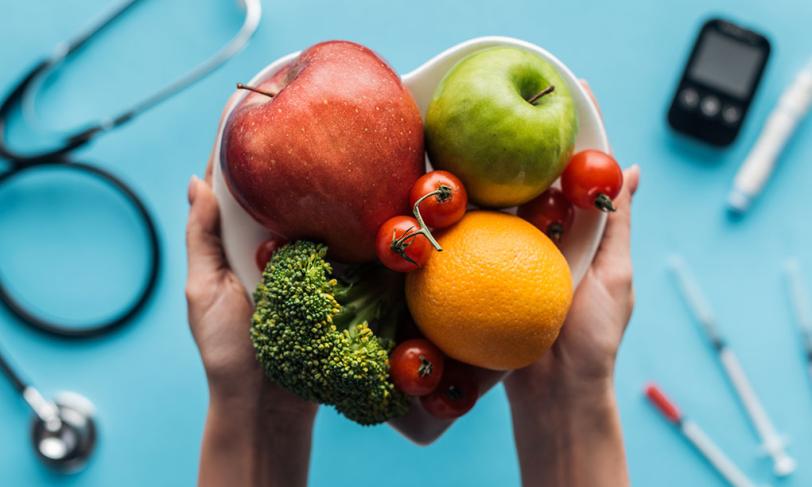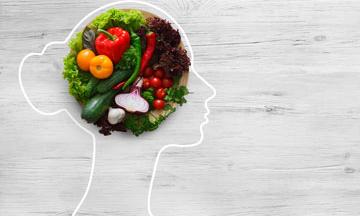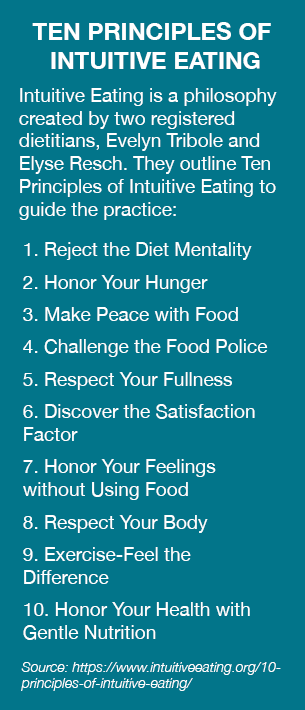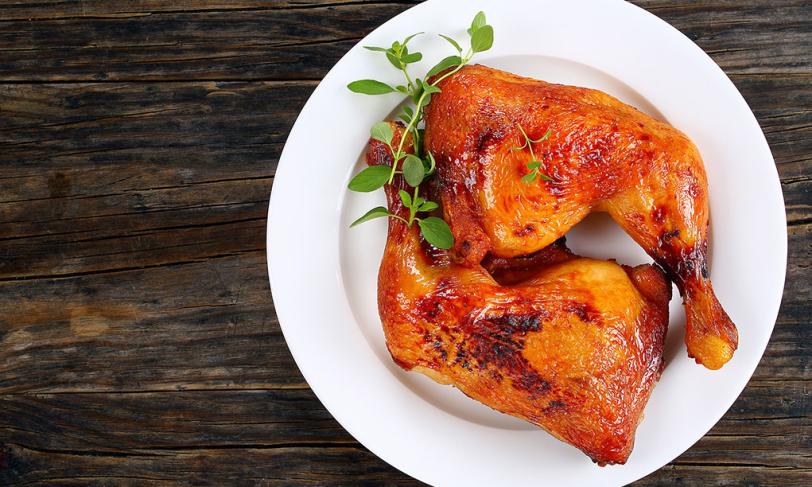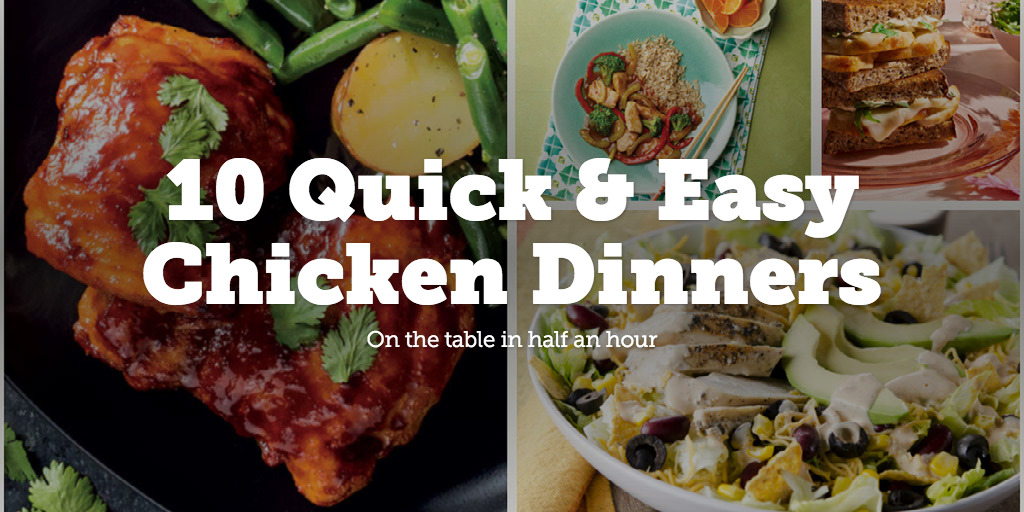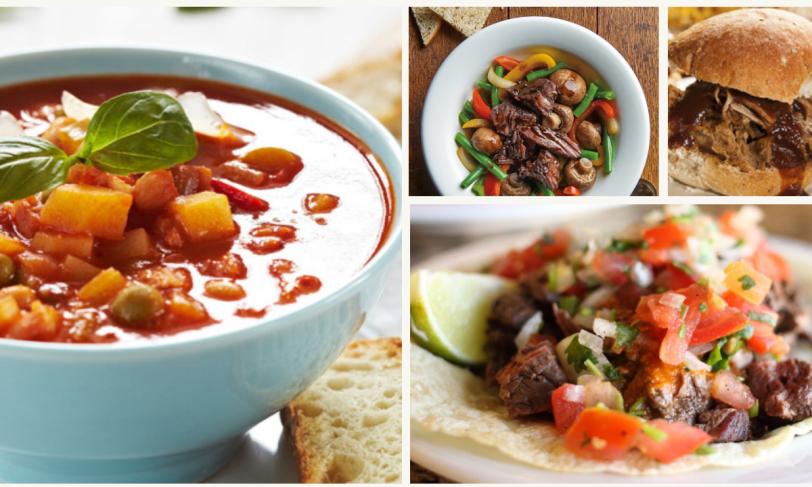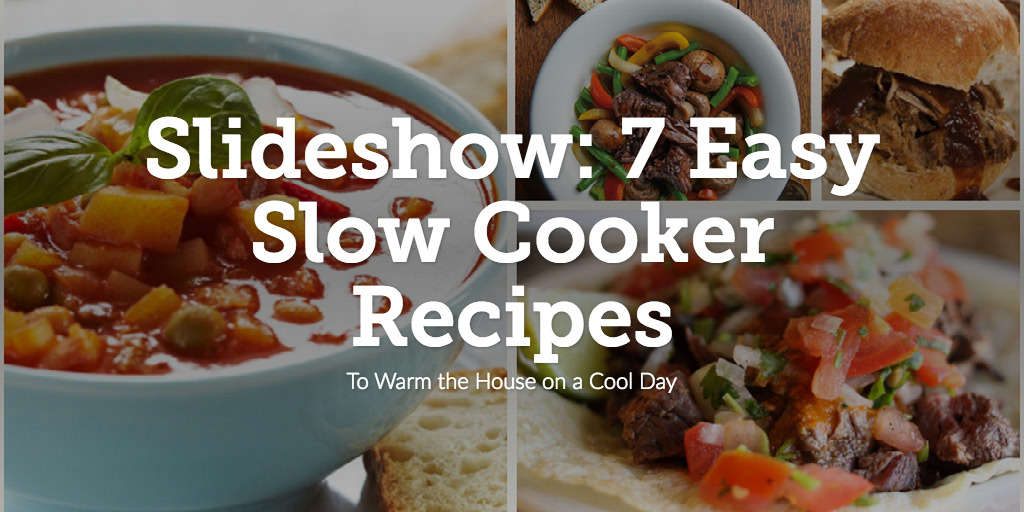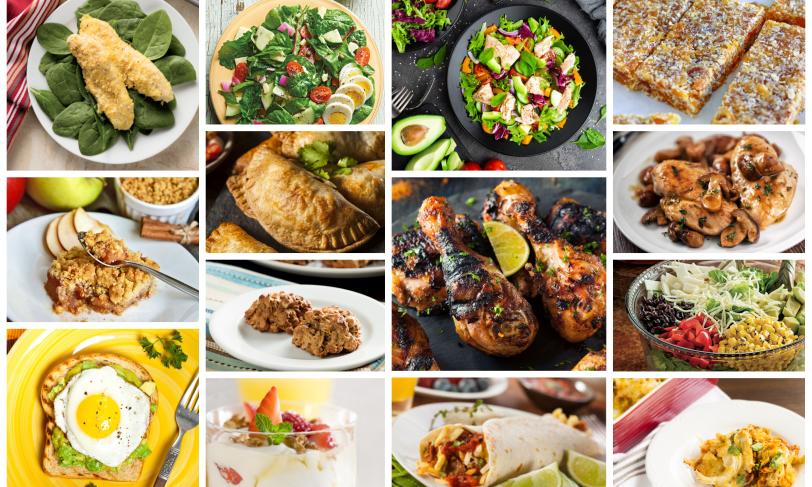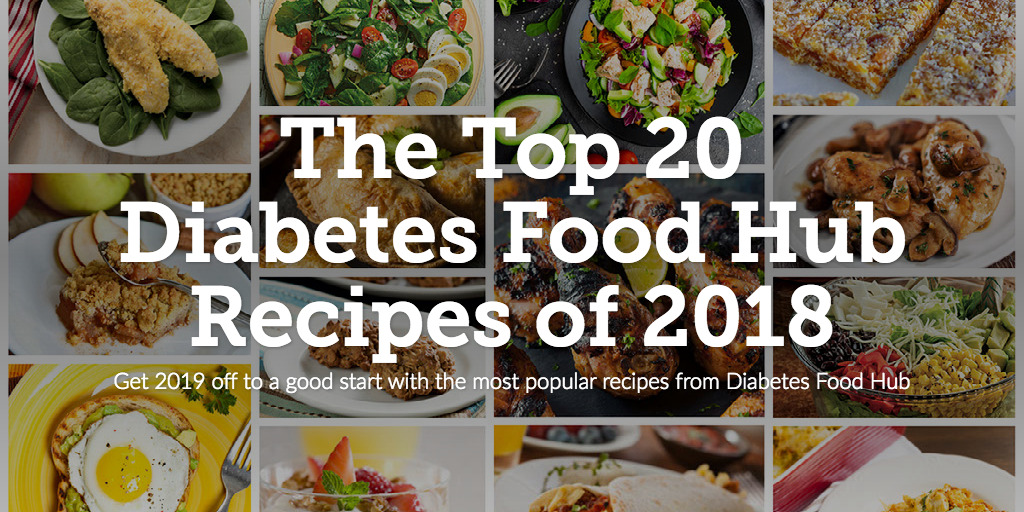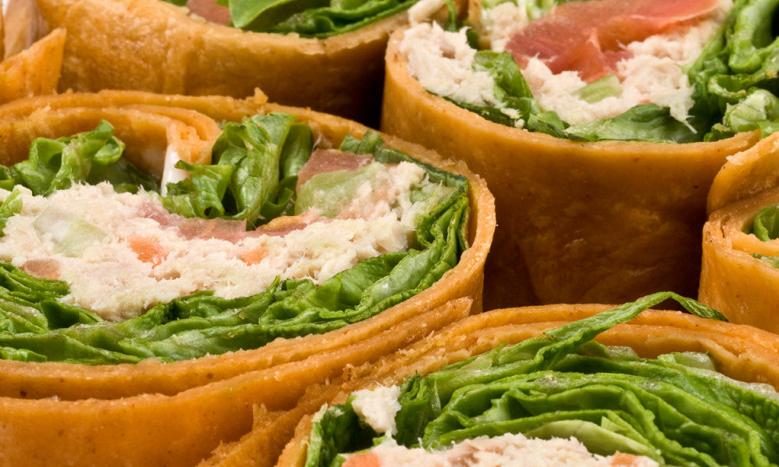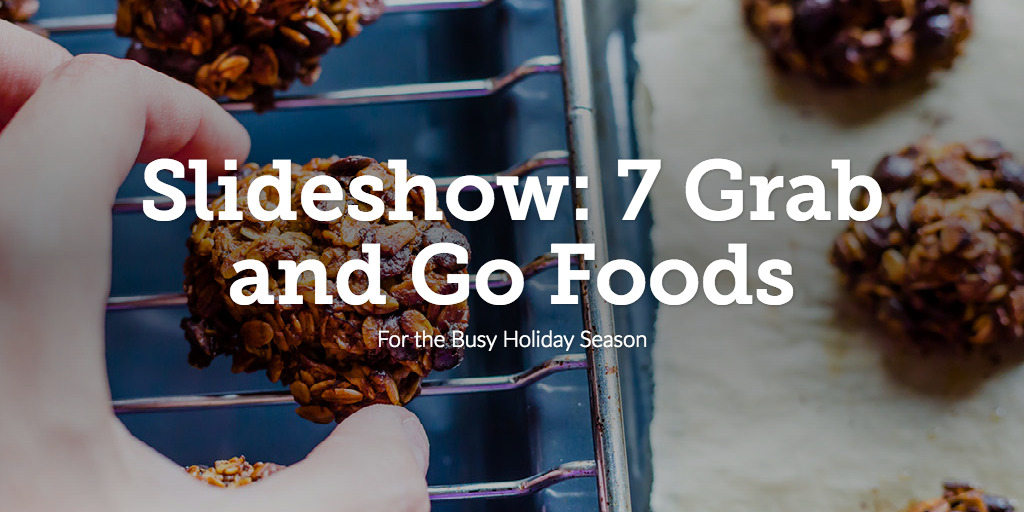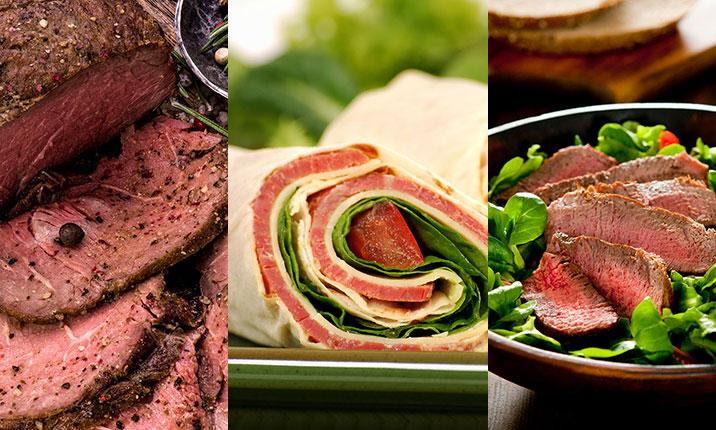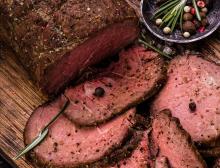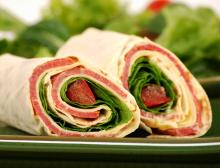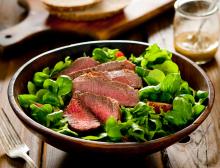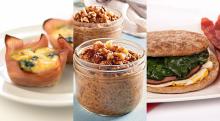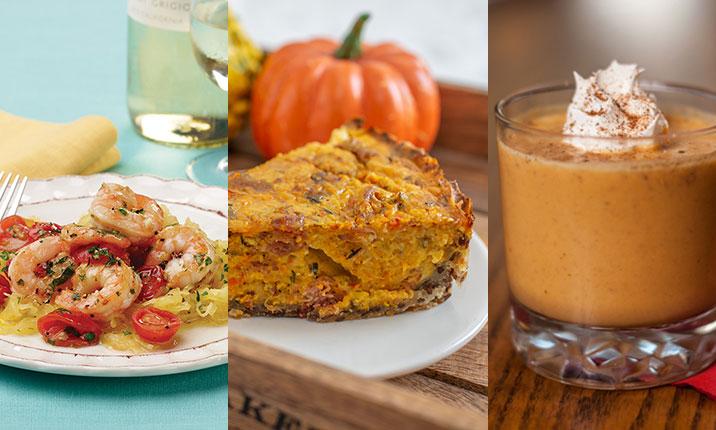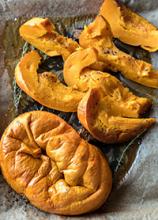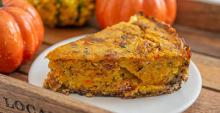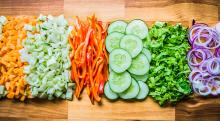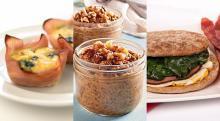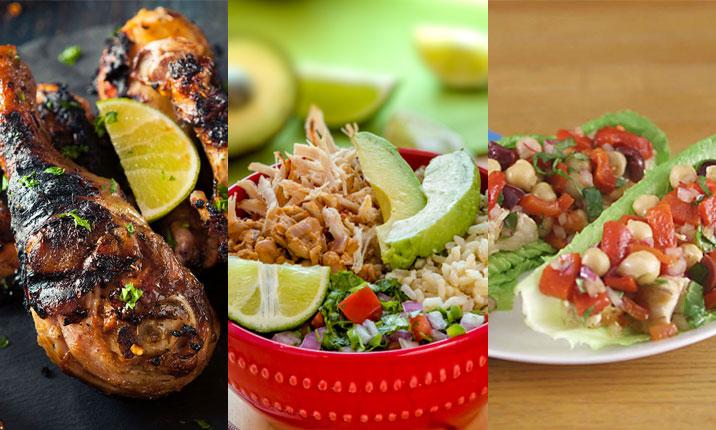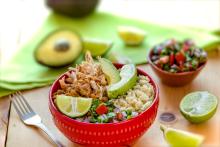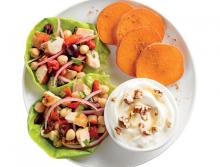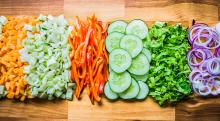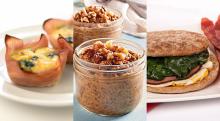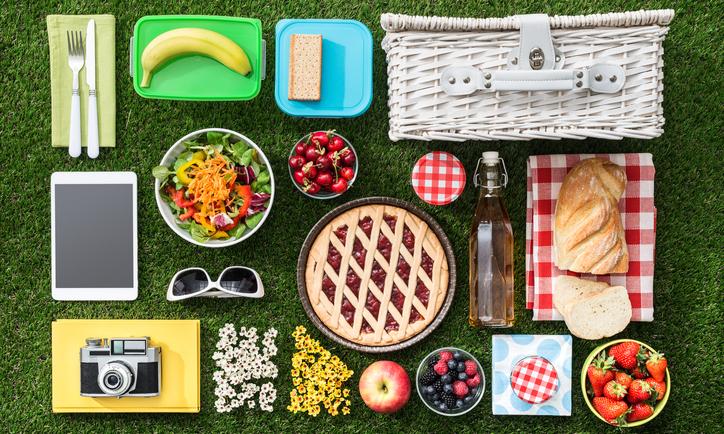Diabetes is a condition that affects the way the body processes blood glucose. High blood glucose levels (also known as hyperglycemia) can damage your body in different ways and make you more likely to develop heart disease or stroke. The good news is that you can help manage both—your cardiovascular risk and your diabetes—by eating smart and making healthy lifestyle choices.
Eat Smart
If you have diabetes or prediabetes, you may be wondering what, when, and how much you should eat. It may surprise you that there is no “diabetes diet” or perfect amount of nutrients (protein, fat, or even carbohydrates) that’s right for every person with diabetes.
Your eating plan—what, when, and how much you eat—should be personalized to meet your needs. A Registered Dietitian Nutritionist (RDN) or Certified Diabetes Educator (CDE) can help you create an eating plan that fits your lifestyle, eating preferences, health goals, and budget. Ask your primary health care provider if you need a referral.
You don’t need to follow a specific diet to manage diabetes and reduce your risk of heart disease. But there are several basic recommendations to keep in mind as you make your daily food choices:
-
Eat a variety of vegetables. Nonstarchy vegetables (such as broccoli, cauliflower, spinach, and green beans) are low in calories and carbohydrates, and high in fiber, vitamins, and minerals that are essential to good health. Aim to fill half your plate with nonstarchy vegetables at meals.
-
Choose fiber-rich whole grains, such as brown rice, oats, quinoa, barley, and breads and pastas made with 100% whole wheat. Try to eat fewer foods made with refined grains, such as white bread, white pastas, and many baked goods.
-
Choose lean proteins, such as poultry without the skin and extra-lean cuts of meat. Look for healthy ways to prepare protein options, such as broiling, baking, grilling, roasting, and searing.
-
Eat fish twice a week, preferably those high in omega-3 fatty acids, such as salmon, lake trout, albacore tuna, sardines, and herring.
-
Include beans, legumes, nuts, and seeds. These foods are high in fiber and a good source of plant proteins and heart-healthy fats.
-
Eat a variety of fruit. Choose fresh, frozen, or canned fruit. Whole fruits are preferred over fruit juices because they are higher in fiber and are more filling.
-
Choose low-fat or fat-free dairy products, such as skim or 1% milk, non-fat yogurts, low-fat cream cheese or sour cream, and reduced fat cheeses.
-
Limit added sugars. Added sugars are sweeteners—such as sugar, corn syrup, brown sugar, honey, and maple syrup—that are added to foods during processing. Check the nutrition facts label to see how much added sugar is included in a food product.
-
Choose foods with less sodium by using whole foods and looking for products that are lower in sodium (check the nutrition facts panel). Use little or no salt when preparing foods, and don’t add salt to food at the table.
Choose a healthy lifestyle
Not only is it important to eat smart, you should also maintain a healthy lifestyle to best manage your diabetes and heart health.
-
Move more, sit less. Aim for 150 minutes each week of mild cardio exercise like walking, or 75 minutes of intense cardio exercise like jogging or biking (or a combination of both). Break up long bouts of sitting by getting up every hour and walking around for a few minutes.
-
Maintain a healthy weight. Talk to your health care provider about what a healthy weight is for you. You can work to create an individualized plan to achieve or maintain your healthy weight.
-
Live tobacco and vape free. Don’t smoke, vape, or use tobacco or nicotine products. Avoid secondhand smoke or vapor.
-
Drink alcohol in moderation—or not at all. If you drink, do so in moderation. That means no more than one drink per day for women, and no more than 2 drinks per day for men.
-
Be well. Beyond eating smart and being active, staying healthy includes getting enough sleep, managing stress, keeping your mind and boy fit, and connecting socially.
-
Schedule regular medical checkups. Make an appointment with your health care provider to discuss your personal risk for heart disease and stroke.
For more information and resources on diabetes and heart disease, visit www.KnowDiabetesByHeart.org.
